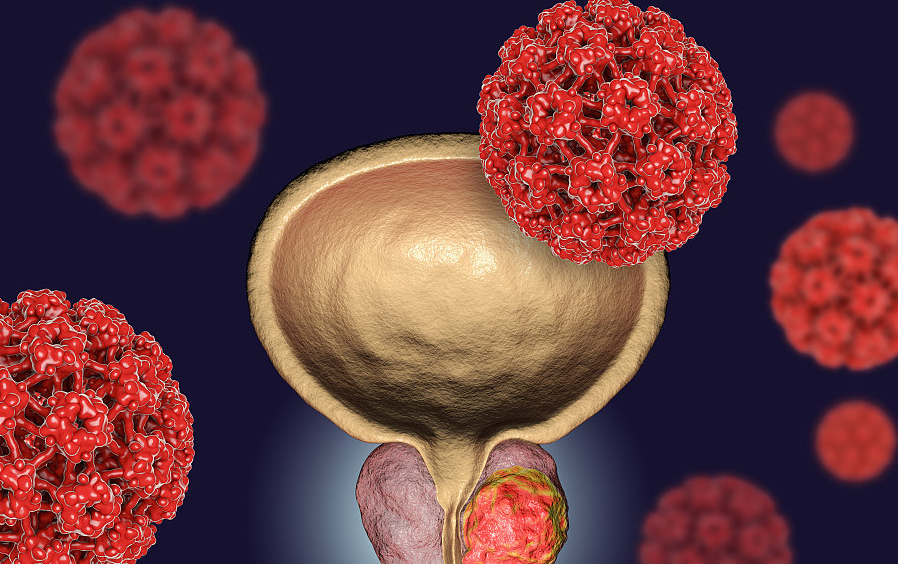
Elderly patients with diabetes often have the following clinical characteristics:
First, the risk of hypoglycemia is high, but the ability to perceive hypoglycemia is poor;
Second, poor cognitive function, poor self-management ability;
Third, there is a high risk of malnutrition, which is more likely to be associated with frailty (such as sarcopenia);
Fourth, complications (cardiovascular and kidney diseases, etc.) and concomitant diseases (hypertension, hyperlipidemia, etc.);
Fifth, multiple drug use is common, which affects the efficacy of hypoglycemia and increases the risk of hypoglycemia.Sixth, postprandial blood sugar increase is common in elderly patients.
Five recommendations for nutritional treatment of people with diabetes:
(1) The muscle content in the body of elderly diabetic patients is low, and the intake of high-quality protein should be moderately increased;
(2) Elderly diabetic patients are prone to hypoglycemia, and carbohydrates can be quickly decomposed for energy, which can also reduce the risk of hypoglycemia in drug treatment;
(3) More intake of foods high in dietary fiber to increase satiety and reduce blood sugar fluctuations;
(4) Excessive restriction of energy intake should be avoided, and rational diet and balanced nutrition should be emphasized;
(5) Elderly patients are prone to malnutrition, so elderly patients with diabetes should go to the hospital as early as possible and regularly to assess their own nutritional status, and find and intervene as early as possible.
In addition, exercise is also an important means to treat diabetes, regular exercise can not only increase insulin sensitivity, but also improve physical fitness and quality of life, help control blood sugar, reduce cardiovascular risk factors.
(1) Exercise risk assessment and exercise ability assessment should be carried out under the guidance of doctors before elderly diabetic patients start exercise therapy;
(2) Under the guidance of doctors, rationally arrange the interval between medication time and exercise time to avoid exercise-related hypoglycemia, hypotension and other events;
(3) Strengthen blood glucose monitoring before, during and after exercise, be alert to hypoglycemia during exercise, and stop exercise and treatment in time;
(4) Choose suitable exercise methods that can be adhered to for a long time (such as aerobic exercise, resistance training, etc.), and at the same time, be careful of falling during exercise.
For elderly diabetic patients whose blood sugar is still not up to standard through lifestyle intervention, this group of people should start drug treatment as soon as possible.
In terms of drug selection, elderly patients with diabetes should choose drugs with low risk of hypoglycemia, easy medication and high compliance under the guidance of doctors based on their own characteristics, and pay attention to the complications and accompanying diseases of liver, kidney and heart function.
In the treatment of senile diabetes, traditional Chinese medicine has the advantages of starting from the whole concept of disease, single drug and multiple targets.
The study showed that a steady dose of metformin for 3 months in patients with type 2 diabetes had poor blood sugar control. On the basis of metformin, the addition of Jinlida granules can further reduce the glycated hemoglobin (HbA1C)0.92%, fasting blood glucose (FPG)1.34mmol/L, and two hours postprandial blood glucose (2hPG)3.0mmol/L, and improve the function index of islet beta cells (0.36) and insulin sensitivity. Improve dry mouth, thirst, fatigue and other symptoms, reduce waist circumference. In order to further explore the advantages of Jinlida granule treatment, the researchers also carried out further analysis of the study. The results showed that Jinlida granules significantly reduced HBA1C and fasting blood glucose and improved insulin resistance in elderly diabetic patients over 60 years old.
The elderly diabetic patients have a large population, and have many comorbidities, poor basic conditions, and high risk of hypoglycemia. In the treatment of diabetes, traditional Chinese medicine has the advantage of single drug and multiple targets, which provides a simple and effective "weapon" for the prevention and treatment of elderly diabetes. The integrated treatment of Chinese and western medicine has a synergistic effect, which can better improve symptoms and prevent chronic complications, improve the quality of life of diabetic patients, and bring more benefits to patients.

